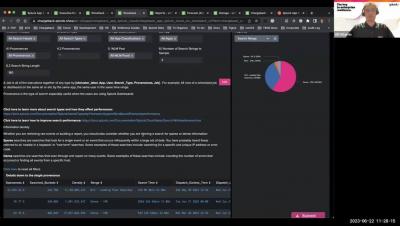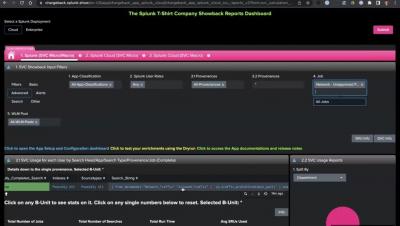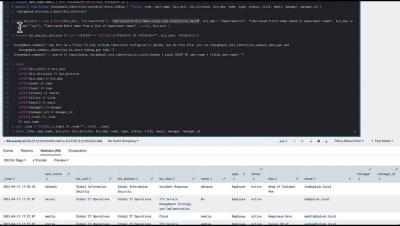Splunk Edge Processor Enhancements Offer Greater Data Access and Improve Data Management
On the heels of an exciting GA in March and the April announcement of its regional expansion, we are excited to share the latest updates to Splunk Edge Processor that will make it even easier for customers to have more flexibility and control over just the data you want, nothing more nothing less.











